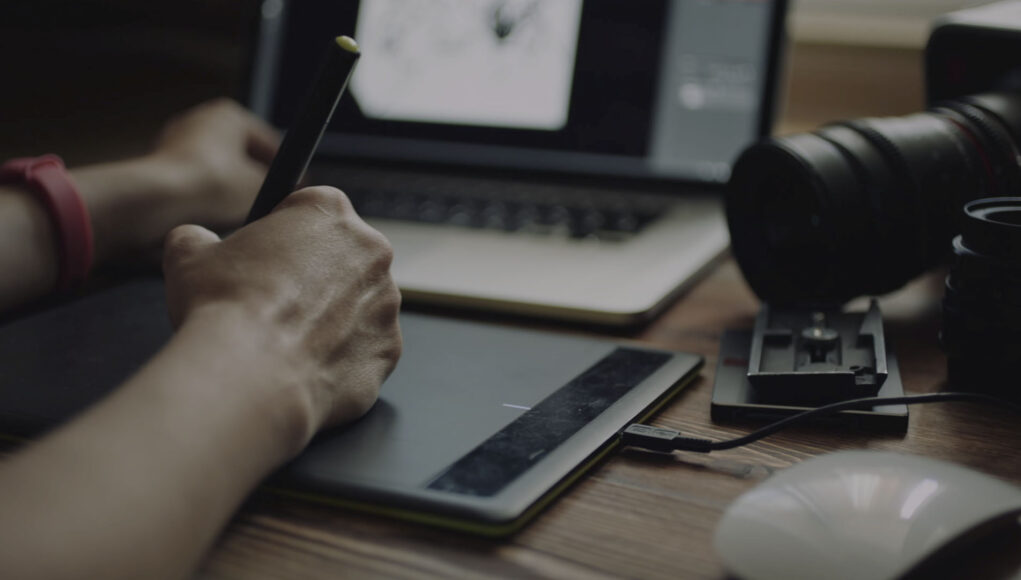Photo retouching is an essential part of the photography industry. It is the process of altering an image to improve its visual appeal, remove imperfections, and make it look more polished. With the increasing demand for high-quality images, the importance of photo retouching has grown significantly in recent years. In this article, we will provide a complete guide on how to approach photo retouching to achieve the desired results.
Understanding Photo Retouching
Photo retouching is the process of enhancing or correcting images to make them look more appealing. It involves using photo editing software to adjust different elements of an image, such as brightness, contrast, color, and sharpness. Photo retouching helps to improve the overall appearance of an image while maintaining its natural look.
Types of Photo Retouching
A photo retoucher should have a good understanding of different photo retouching solutions to deliver the best results. Some of the most common types of photo retouching include:
Portrait Retouching
This type of retouching involves enhancing the subject’s face, removing blemishes, wrinkles, and other imperfections, and smoothing out skin tone.
Product Retouching
It is used to enhance product images by removing scratches, dust, and other imperfections. Furthermore, it adjusts the lighting and color to make the product look more attractive.
Wedding Photo Retouching
This type of retouching is used to enhance wedding photos by removing distractions, adjusting lighting and color, and removing any imperfections.
Tools Used for Photo Retouching
Different photo retouching services call for different tools and techniques to be used. One of the most commonly used tools for photo retouching is the clone stamp tool. This tool removes unwanted objects or blemishes from an image by copying a nearby area and blending it into the target area. It is a simple yet effective tool that can make a huge difference in the final outcome.
Another popular tool is the healing brush tool. This tool works similarly to the clone stamp tool. However, it takes into account the texture and color of the target area. It is useful for removing wrinkles, scars, and other imperfections from a portrait or product photo.
Basic Retouching Techniques
There are several basic retouching techniques that a photo retoucher needs to master. These include:
Spot Removal
This technique removes blemishes, wrinkles, and other imperfections from the image. A photo retoucher can use the clone stamp or healing brush to remove spots.
Color Correction
It is used to correct color imbalances in an image. It involves adjusting the brightness, contrast, and saturation of an image.
Dodging and Burning
It is used to adjust the brightness of an image selectively. It involves lightening certain areas of the image (dodging) and darkening others (burning).
Apart from these, there are many advanced techniques as well that photo editing services providers use.
Advanced Retouching Techniques
Once photo retouchers have mastered basic retouching techniques, they can move on to more advanced techniques. These include:
Frequency Separation
This technique is used to separate the texture and color of an image. It allows the photo retoucher to adjust the texture and color of an image separately.
Liquify
The liquify tool is used to adjust the shape and size of an object in an image. It is commonly used in portrait retouching to adjust the shape of a person’s face or body.
Sharpening
Sharpening is used to improve the sharpness of an image. The photo retoucher can use the sharpen tool or apply a high-pass filter to achieve the desired result.
Conclusion
Photo retouching is a crucial aspect of the photography industry. Professional photo retouchers understand the image well and use the right tools. Besides, they master the basic and advanced retouching techniques as well. As a photo retoucher, staying up-to-date with the latest trends and techniques is essential to provide clients with the best possible results.













